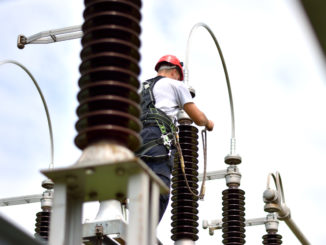
Reverse Engineering is a process for the analysis of technology for ascertaining how it was designed or the way it operates. This inquiry engages the individuals constructively in the learning process concerning the operation of the products and systems. As a method, reverse engineering is not only confined to a particular purpose, but it is often a very important part in the technological development and scientific method.
But, every good thing comes with some hitches. Reverse engineering is an expensive and time consuming process, hence the engineers involved in the process usually consider the financial risk involved in these endeavors. They consider the risk against the licensing or purchasing of the information from the manufacturer of the original product.
Generally, four stages are followed in the process of reverse engineering.
o First Phase: In the first phase the engineers identify the component or the product which has to be reverse engineered. This stage is sometimes referred to as Prescreening. Potential components of such projects include parts, items, units, etc.
o Second Phase: The second phase involves disassembling or observing of the information documentation. This is the most time engaging aspect in the project. This phase involves the accumulation of all the instructions and technical data about the working of the product.
o Third Phase: The third phase is of the implementation. In this phase the engineers verify the validity and the accuracy of the designs by testing and experimenting with them.
o Fourth Phase: This is the final phase which concerns with the creation of the new product. The new product is then introduced in the market.
To sum it all up, reverse engineering is the creation of a different product with similar functions.
Proudly WWW.PONIREVO.COM
by Aamod Bhor



